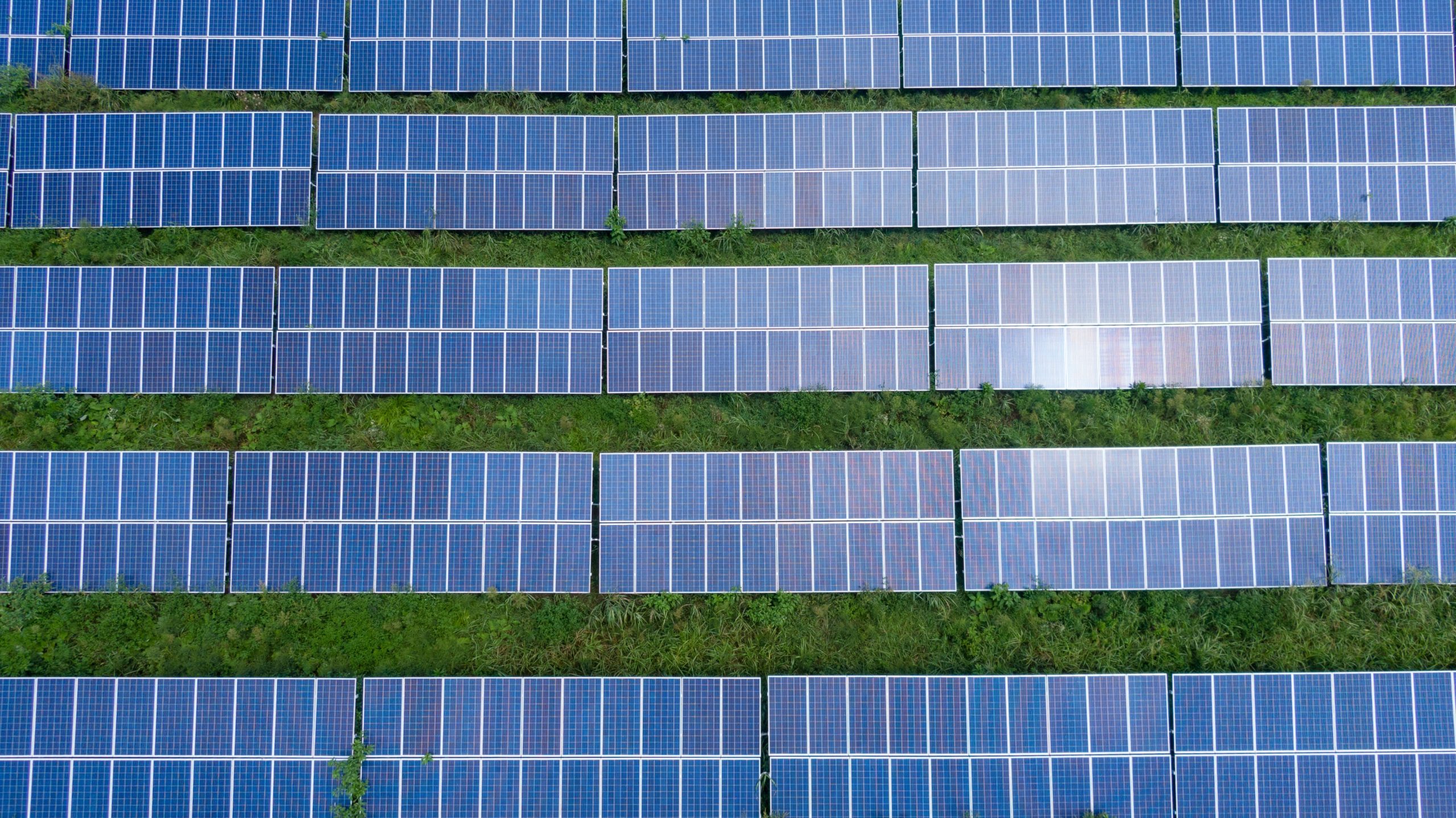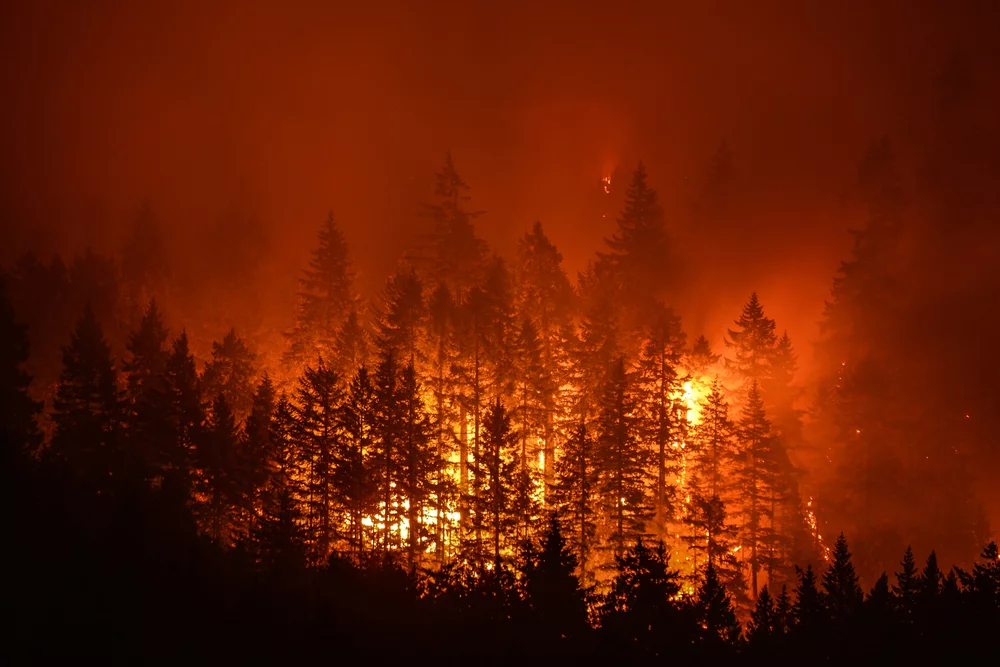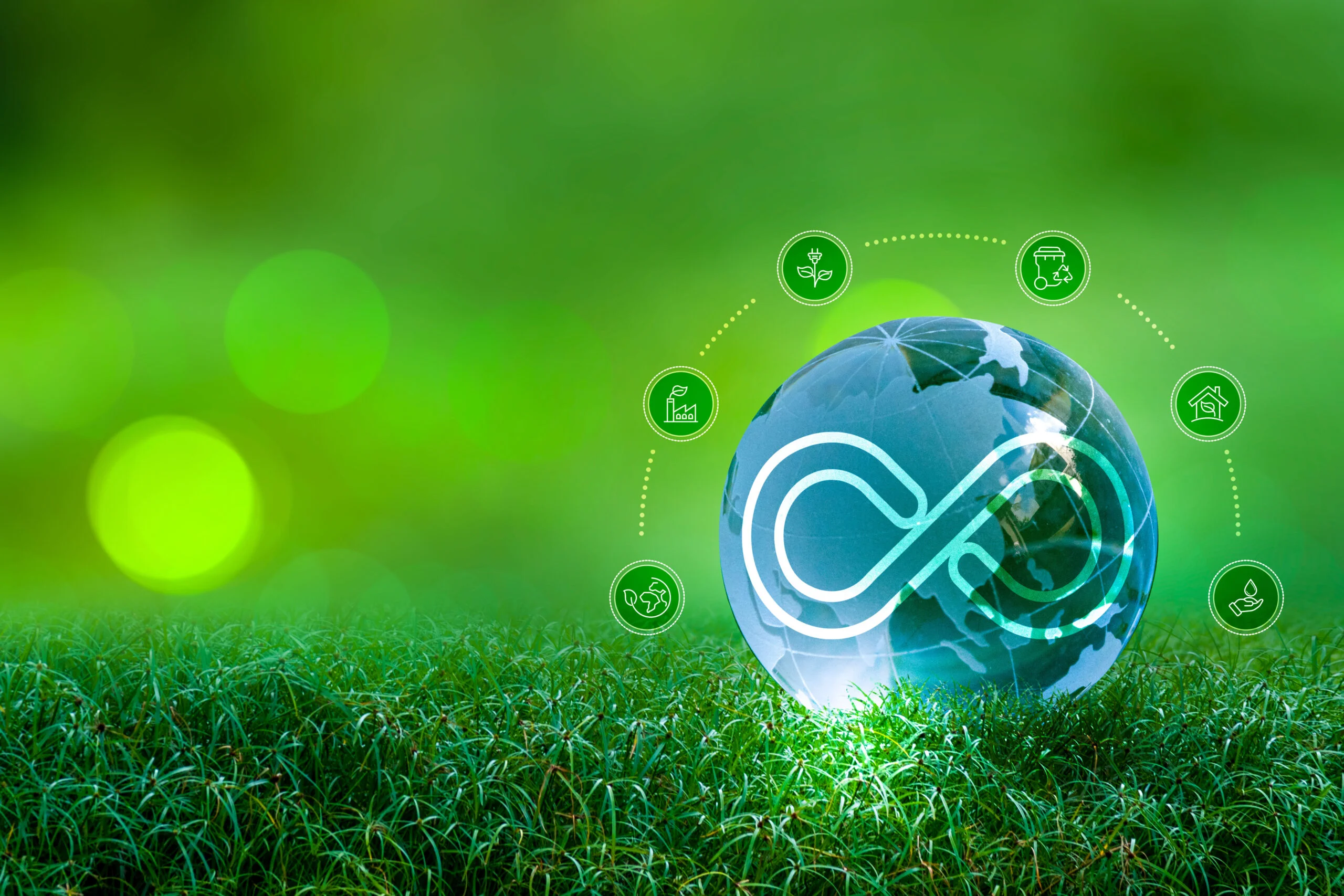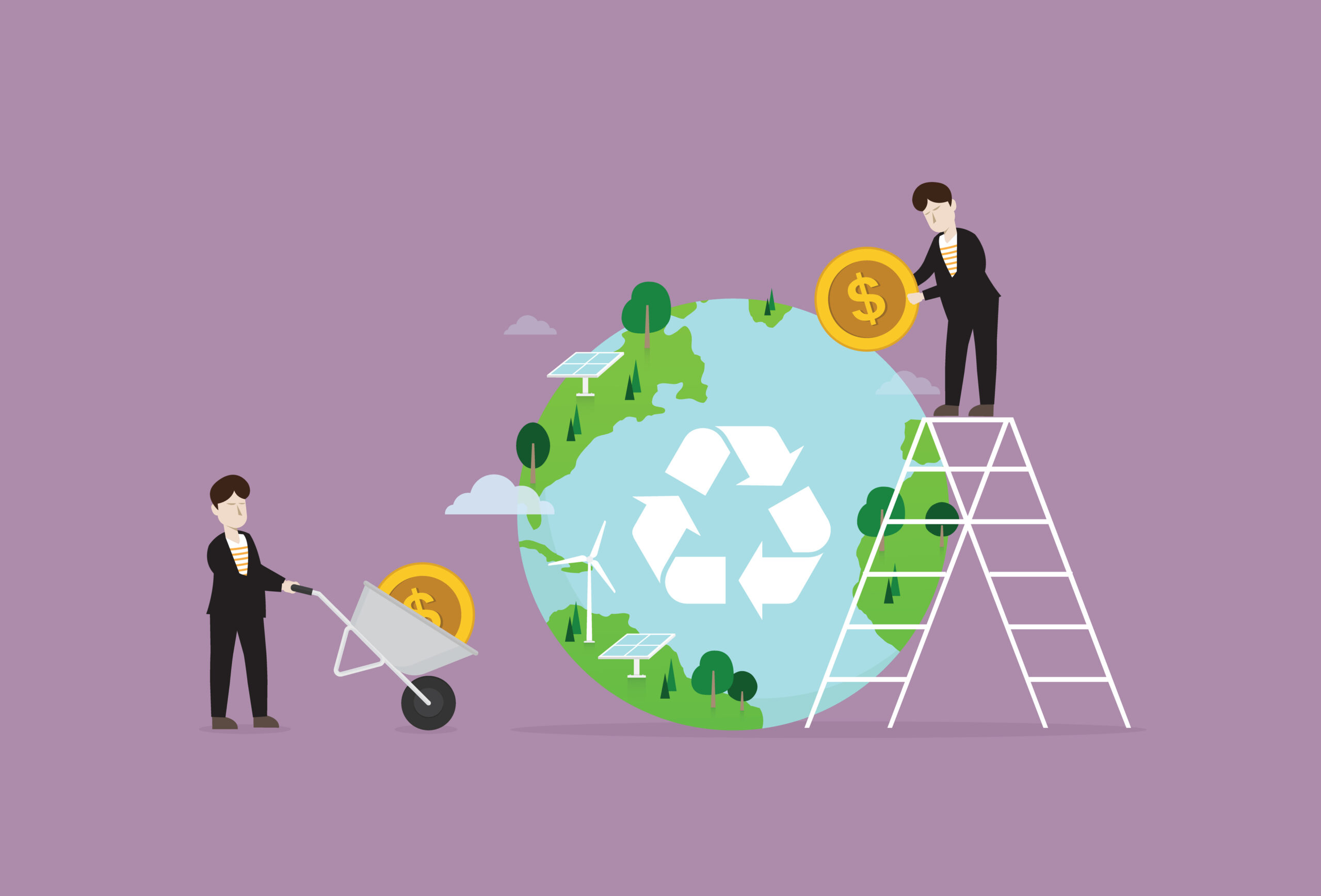While there are many holidays, there are few more pertinent to our mission than Energy Efficiency Day. Started in 2016, Energy Efficiency Day is a time to reflect on how the world can balance sustainability and economic efforts. Energy efficiency is the pathway to sustainability by minimizing our collective output, which in turn lessens our reliance on fossil fuels. There are many ways to celebrate Energy Efficiency Day, from individual efforts to conserve to a global movement to lower our collective carbon footprint. Let’s take a look at a few ways that you can celebrate Energy Efficiency Day.
The Circular Economy
While any energy efficiency initiative starts with individual responsibility, corporate industries have the most to offer by reducing their overall usage. To put that in perspective, as of 2017, a reported 100 companies were found to be responsible for 71% of the Earth’s carbon emissions. Even if everyone were to commit to simultaneous energy conservation efforts, that would only account for a total of 29% of all emissions. While we should all contribute, the industries that we rely on in turn need to commit to global efforts to mitigate their energy consumption, which will, in turn, lower total overall carbon emissions. Fortunately, there are effective solutions that directly address the potential costs incurred by sustainability measures.
Systemically, the circular economy speaks to that balance between cost and benefit by reimagining waste or energy inefficiencies as growth opportunities. For example, most modern automobile engines have a thermal efficiency near 40%. That means that around 60% of the remaining energy generated is wasted. The idea of a circular economy uses that example on an industrial and fiscal scale, by streamlining processes to altogether erase or repurpose any unnecessary waste. Financially speaking, circular economies are estimated to induce .6% additional annual growth and a 48% overall reduction in carbon emissions by 2030.
Conservation Through Demand Flexibility
One common strategy for minimizing energy consumption is to implement a demand conservation strategy. For utility companies, demand conservation programs are designed to limit use on days of high consumption. On average, HVAC units account for about 47% of all household usage. Climate data indicates an uptick in high-temperature days, a trend that looks unfortunately here to stay. Those days of peak demand are particularly taxing on the grid, which can lead to rolling blackouts.
Traditionally, utilities have turned to peaker plants to help balance that load, a stop-gap to generate extra power that is inefficient. There are a few viable alternatives, from virtual peaker plants to demand flexibility programs. Demand response is simple: customers are incentivized to participate, upon which time a smart thermostat device is installed. During days of high demand, utility companies are able to access these energy-efficient thermostats and pause service for a brief window of time. This lowers the accumulative burden on the grid, by decreasing need. In the U.S., demand response has resulted in a net energy savings of nearly 1.1 terawatt-hours in the residential sector alone.
The Right Distributed Energy Resource (DER)
A distributed energy resource (DER) platform is designed to help implement things like demand flexibility programs. With the right DER, utilities can forecast events, alert customers to potential demand response events, and assist in distributing customer incentives. This frees revenue to already regulated utility companies to reconsider their program design to better benefit their customers.
Go Electric
Challenging existing paradigms, shifting away from fossil fuels and toward renewables will enhance energy efficiency everywhere. On average, a standard passenger vehicle emits about 4.6 metric tons of carbon dioxide every year. These emissions pollute air quality and hasten climate change, which has the circular effect of forcing greater energy reliance. Because it’s hot you have to turn on the HVAC, but the pollution from turning on the air will increase climate change. By switching to electric vehicles, consumers can minimize their carbon footprint, leading to greater energy efficiency.
Emissions from coal plants and vehicles have driven the automotive industry to disinvest from fossil fuels. As EVs become increasingly common, public infrastructures are evolving to replace gas stations. Likewise, utilities need a new way to support these additional burdens to the grid. While almost 40% of global electricity is powered by fossil fuels, U.S. demand for non-renewable energy has decreased by more than 3%. As the global energy portfolio continues to diversify, grids everywhere will need an enhanced strategy for EV charging.
How You Can Celebrate Energy Efficiency Day
As we mentioned, industrial pollution is the leading cause of climate change. Still, there is much that we can do to help mitigate climate change on an individual level. For example, consumers can opt in to demand flexibility initiatives. These initiatives involve bring your own device (BYOD) strategies that allow each consumer the opportunity to participate in their own way. That might include energy-efficient smart devices like thermostats, water heaters, or charging stations.
Additionally, there are hundreds of small steps we can all take to engage in Energy Efficiency Day. Whenever possible, drive less and walk more. Purchase less single-use items that involve plastics or other materials that lead to greater pollution. If the weather is nice, crack a window. If you can, engage in tech refurbishing programs designed to reduce the adverse effects of planned obsolescence.
Energy Efficiency Day Conclusion
From basic conservation efforts to reimagining your business model, there are many opportunities to increase global and individual energy efficiency. As COVID-19 lockdowns have proven, minimizing energy use can have a net positive effect on air pollution. This is why some companies have chosen to go remote-first or entirely remote, to decrease their overall carbon footprint, while enhancing their employee safety. Whether it’s implementing any of these simple strategies or engineering something incredible like a Dyson Sphere, the fight for climate change is imperative to our long-term survival, and something we can all work together to stop.






